Actualmente la página no está disponible en español. Será traducido en un futuro próximo. Pedimos disculpas por las molestias!
In AKVIS PhotoBook, you can perform image processing for photos added to the album pages. It's possible to adjust colors and tones and create decorative edges for the picture.
You can select a photo for processing in different ways: using the tool  , in the Elements dialog box called by
, in the Elements dialog box called by  in the Toolbar, or in the Elements list in the Settings Panel.
in the Toolbar, or in the Elements list in the Settings Panel.

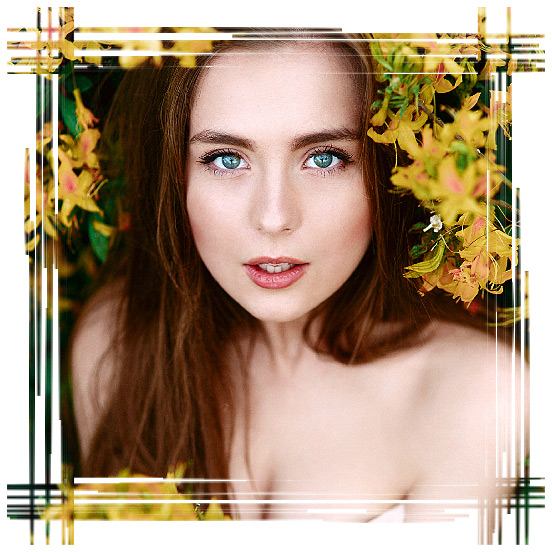
Change the tone correction settings in Elements -> Effects tab in the Settings Panel.
Brightness (-100..100). The parameter allows you to change the brightness of the image. Increasing the value of the parameter makes all points of the image lighter, decreasing it makes it darker.
 Brightness = -30
Brightness = -30
 Brightness = 30
Brightness = 30
Contrast (-100..100). The parameter allows you to increase (at values greater than 0) or decrease (at values less than 0) the difference between bright and dark areas of the image.
 Contrast = -50
Contrast = -50
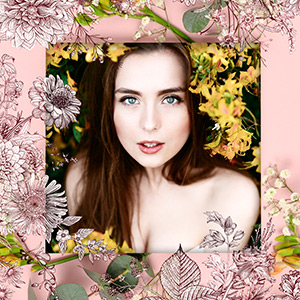 Contrast = 25
Contrast = 25
Saturation (-100..100). The parameter determines the intensity of the colors in the image.
 Saturation = -30
Saturation = -30
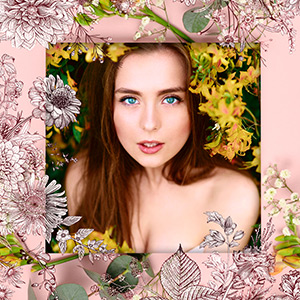 Saturation = 30
Saturation = 30
Sharpness (-100..200). The parameter changes the clarity of edges and small details. Negative values slightly blur the image.
 Sharpness = 0
Sharpness = 0
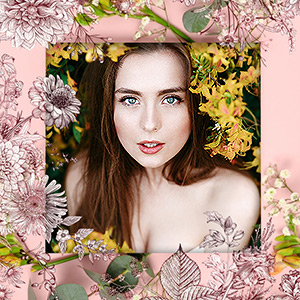 Sharpness = 100
Sharpness = 100
Noise (0-10). The parameter allows you to add noise to the photo.
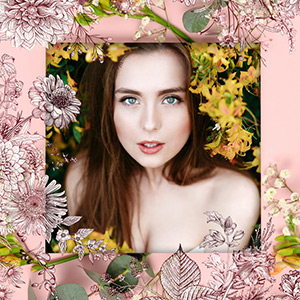 Noise = 0
Noise = 0
 Noise = 7
Noise = 7
Toning. You can tint the image with one color using one of the conversion options: Grayscale, Sepia 1, Sepia 2.
 Grayscale
Grayscale
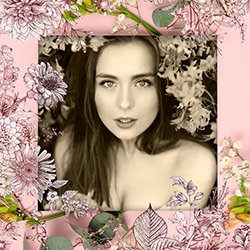 Sepia 1
Sepia 1
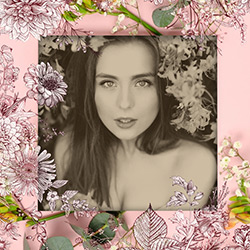 Sepia 2
Sepia 2
Change the appearance of the edges of a photo the in Elements -> Edges tab in the Settings Panel. You can select one of the design options for the edges (Vignette or Scratches) or turn it off.
Vignette Effect.
 Vignette
Vignette
Size (0-100). The size of the effect area.
Shape (-100..100). Negatives values give a rectangle with rounded edges, while positive values make a circle.
Smooth Transition (0-100). Increasing the value increases the fading effect.
Position (0-100). Move the white marker to shift the vignette. You can set the current coordinates of the center in the X and Y fields.
Scratches Effect.
 Scratches
Scratches
Size (1-100). The size of the effect area.
Stroke Width (1-10). The width of the scratches.
Number of Strokes (1-100). The number of scratches.
Stroke Length (1-100). The length of the scratches.
Random Seed (0-9999). The random number generator that defines the distribution of scratches. Every number corresponds to a particular distribution of scratches.
